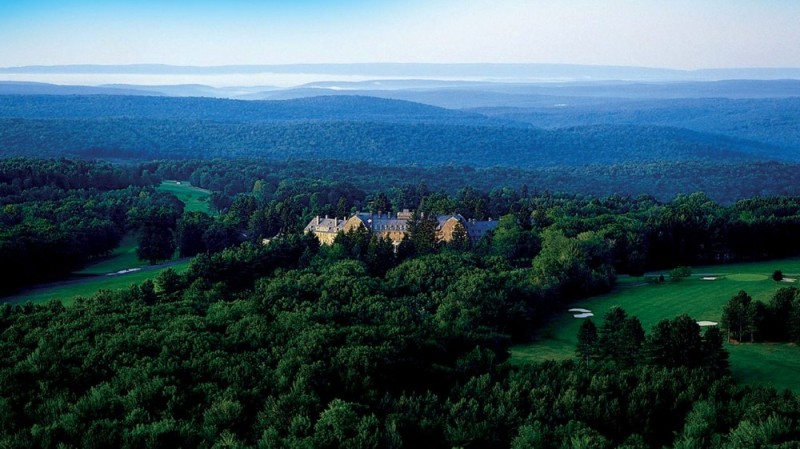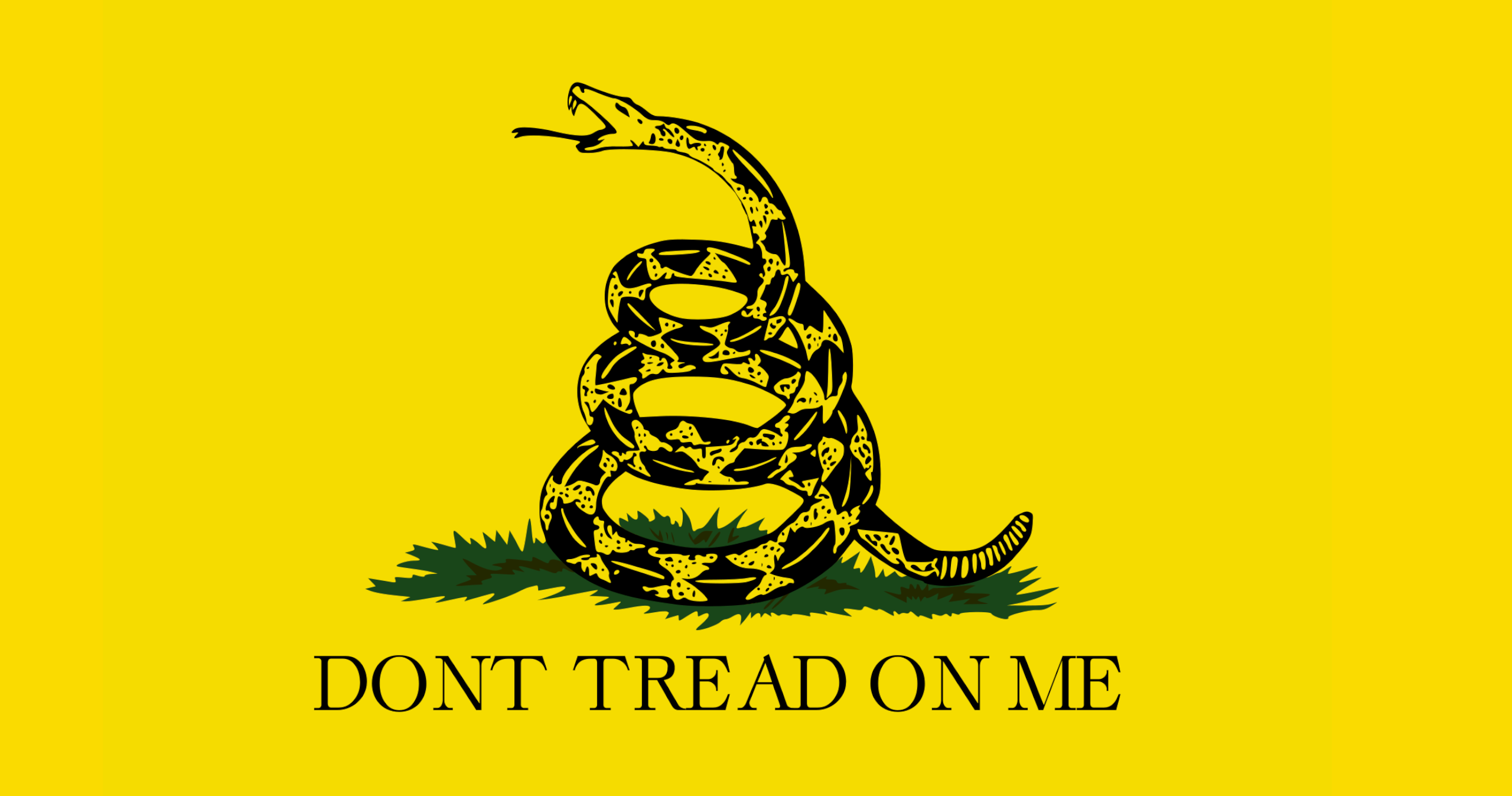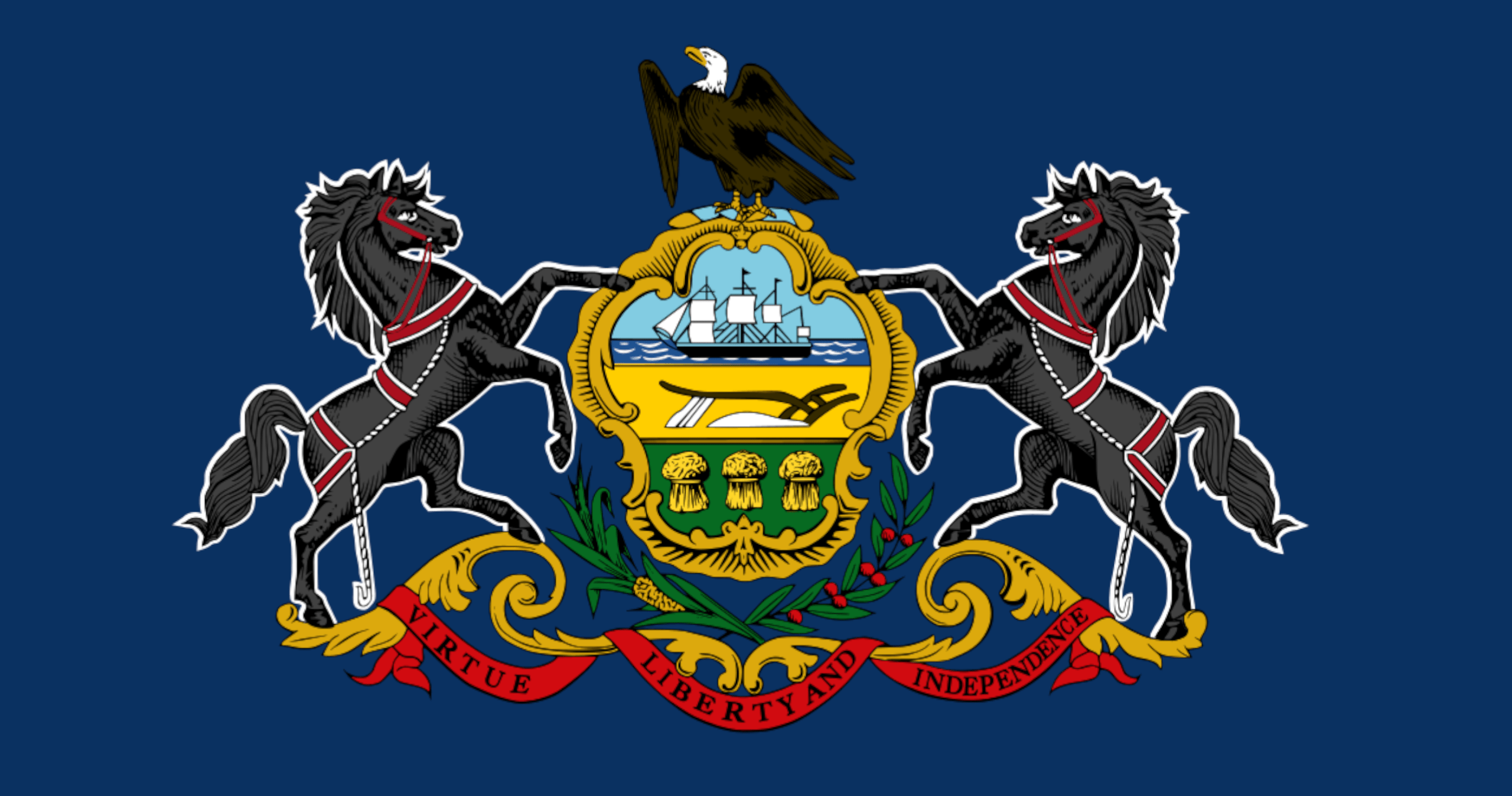This invasive weed crowds out native plants and fills the creek with debris, harms our own native fish and plant life, and spreads like crazy. It can alter life and water conditions in our natural creeks.
But it’s not indestructible.
A patch of knotweed has regrown after being cut.
Knotweed regrowth after treatment.
How to control knotweed
In early July 2020, John Styk, Trip Dilger, and Matt Dilger started a three-year demonstration project of how to control this pest. In one week, they worked both banks along a 500-foot stretch of Mill Creek, starting at the Forest Fire Crew Station on Route 191 and then upstream to Monomonock Road. They cut all the knotweed down to knee height, NOT shorter.
Over the summer, the knotweed drew huge amounts of energy from its roots to regrow. In late September, a licensed applicator from Strauser Nature’s Helpers treated the regrowth with an herbicide licensed to use near water. Within three weeks, most of the regrowth had died (while other stands downstream were still green and healthy).
A 3-year project
This is the first year of a three-year demonstration project. This stretch will be examined for regrowth next June. If there is any, it will be cut, again knee-high, and the regrowth will be treated in the fall. The same process will be followed the third year.
This cycle of forcing the plant to use all its energy in regrowing again and again finally exhausts it.
Once the knotweed has stopped regrowing, streamside plantings of native plants can be done to replace it.
This technique of cutting to knee height, then treating regrowth in late September, is endorsed by Penn State University after years of research. It was used by Certified Forester Barry Rose on Buck Hill Creek, with 98% success. However, to be effective, control must start at the furthermost upstream “seed bed" of knotweed, or the upstream patches will continue to bring seeds and stalks downstream.
It’s important to note that this demonstration project covers a short stretch of stream. Much more needs to be done to make an impact on knotweed throughout the watershed.
For information: emswcd.org/on-your-land/weeds/weeds-to-know/knotweed/
For more info on Brodhead Watershed Association’s Greening Mountainhome project, which includes this knotweed eradication, see brodheadwatershed.org/greening-mountainhome/.
(Source)




















